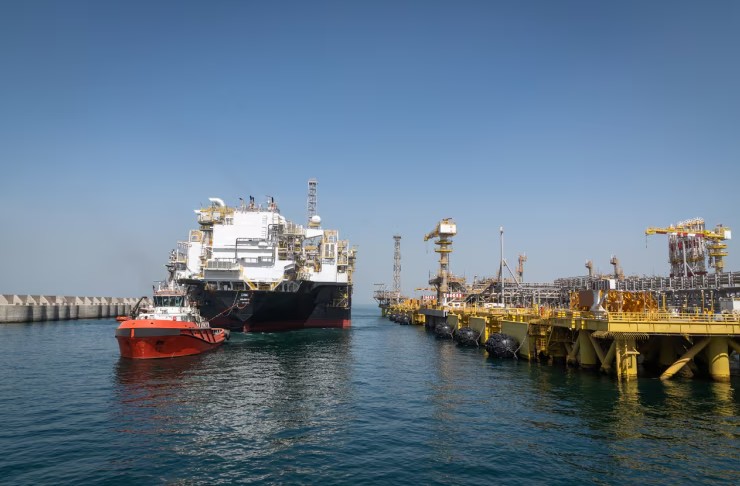This story requires a subscription
This includes a single user license.
Asked about whether the Tortue project is still on schedule for the end of the year or early first-quarter start-up during BP’s third-quarter results call on Tuesday, Auchincloss said that BP continues to make “good progress.”
He said all the equipment is in the field now.
“During the quarter, we brought in an LNG vessel to unload LNG into the actual LNG facility itself, and that has allowed us to pre-commission the (FLNG),” Auchincloss said.
“So congratulations to the team for delivering on that. Not a straightforward operation,” he said.
Auchincloss said the next “big milestone” will be introducing natural gas from the wellheads into the FPSO offshore and then into the pipelines that go to the FLNG.
However, he did not reveal the timeline for this.
Auchincloss said at the end of July that BP expects to achieve first gas from the Greater Tortue Ahmeyim FLNG project over the next three or four months.
“I’m happy with the progress. I don’t want to put any pressure on the teams. What they need to focus on is safely starting this up. That will be what is remembered in time as a safe start-up. But I feel like we’re making good progress,” he said during the call.
Operator and sole LNG offtaker
BP operates the first GTA phase, and other partners include Kosmos Energy, PETROSEN, and SMH.
In 2020, the partners signed a sales and purchase agreement under which BP Gas Marketing will offtake 2.45 million tonnes per annum of LNG from the first phase of the GTA project for an initial term of up to 20 years.
BP’s unit is the sole offtaker of the project’s volumes.
It is worth mentioning here that BP recently won an arbitration against its partner Kosmos over a dispute related to the project’s LNG sales.
The final, binding award prohibits Kosmos from selling LNG cargoes to third-party buyers during the contract term of the LNG sales agreement.
Gimi FLNG
In February, Golar LNG’s 2.5 mtpa FLNG Gimi, which was converted from a 1975-built Moss LNG carrier with a storage capacity of 125,000 cbm, arrived at the GTA hub.
After that, the project’s floating production, storage, and offloading (FPSO) unit also arrived at the GTA project off the coasts of Mauritania and Senegal in May.
With eight processing and production modules, the FPSO will process around 500 million standard cubic feet of gas per day.
The gas supplies will then be transported by pipeline to the FLNG unit at the GTA hub where it will be cryogenically cooled in the vessel’s four liquefaction trains and stored before transfer to LNG carriers.
Second phase
In February last year, the partners confirmed the development concept for the second phase of the GTA LNG project, which they will take forward to the next evaluation stage.
The partnership will evaluate a gravity-based structure (GBS) as the basis for the GTA Phase 2 expansion project (GTA2) with total capacity of between 2.5-3 million tonnes per annum.
GBS LNG developments have a static connection to the seabed with the structure providing LNG storage and a foundation for liquefication facilities.
The concept design will also include new wells and subsea equipment, integrating with and expanding on existing GTA infrastructure.

